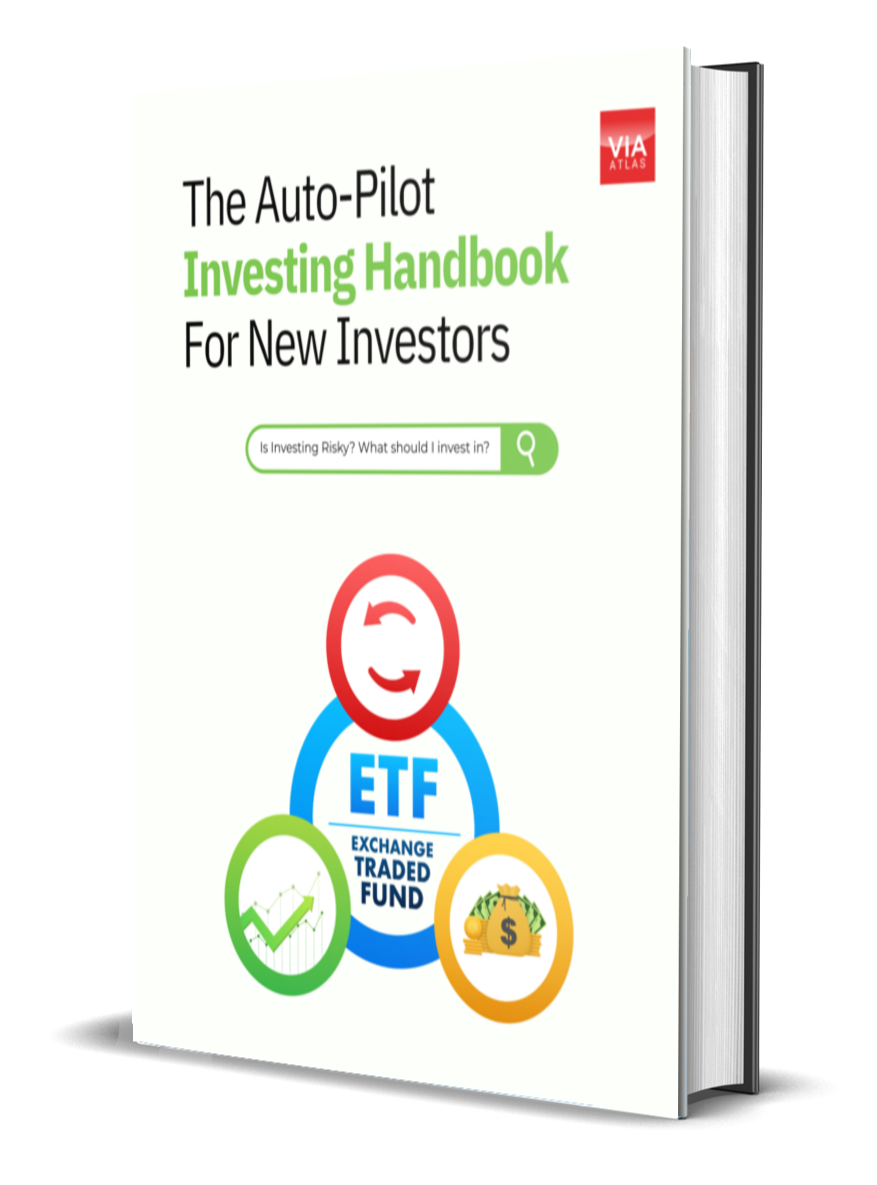How Inflation Silently Nibbles Away Your Savings—And How to Fight Back
Share this article
Imagine this:
Your salary? If you’re lucky, it’s risen 10-15% in those five years. For many Singaporeans, this gap between rising prices and slower wage growth means your savings are shrinking in real terms. Let’s break down why this happens—and how you can protect your hard-earned money.
Why Inflation Hurts Singaporeans
The Silent Squeeze: Prices Rise Faster Than Wages
Singapore’s core inflation—which excludes housing and transport costs—is projected to stay between 1.5% and 2.5% in 2025610. While this seems low, essentials like food and healthcare are rising faster:
- Hawker meals increased 6-8% annually since 2020
- Healthcare costs jumped 2.7% in 2024 due to higher insurance premiums
Meanwhile, salaries are struggling to keep up:
- Nominal wages grew just 4.1% in 2024, slowing from 2023's 6.4%
- After adjusting for inflation, real wage growth is even smaller - around 2% annually
The Savings Trap: Why Cash Loses Value
Storing money in a bank account? Here's the problem:
- Average savings account interest: 0.05%
- Core inflation (2025 forecast): 1.5-2.5%
Result: Every $1,000 in your bank account loses $15-$25 in purchasing power yearly. Over a decade, that's a 20-30% loss.
How Investing Beats Inflation
The Power of Growth That Outpaces Prices
Assets like stocks and ETFs historically grow 5-7% annually—well above Singapore’s inflation rate. For example:
- STI ETF (ES3), which tracks Singapore's top 30 companies, returned 6.2% annually since 2002.
- Global ETFs like the Vanguard S&P500 ETF (VOO) grew 10% annually over the past decade.
Unlike cash, these investments compound over time. A $10,000 investment growing at 6% becomes $17,908 in 10 years - even with 2% inflation eating away.
Why ETFs Are the Safest Start for Singaporeans
What Are ETFs
ETFs let you own hundreds of stocks or bonds in one purchase. They’re ideal for beginners because:
- Diversification: Avoid putting all eggs in one basket.
- Low Fees: Singapore ETFs like Nikko AM STI ETF charge just 0.3% annually.
- Inflation Protection: With a annualized growth rate of about 8-10% yearly, which is well above the core inflation rate of 2.5%.
Real-World Example:
How to Start (Even With $100 / Month)
Step 1: Use Singapore's Low-Cost Platforms
Apps like StashAway or Syfe let you buy ETFs with no minimums. Automate $100 / month to build discipline.
If you have an Interactive Brokers (IBKR) account which we use in our training programmes, you can set up a recurring investment into low-cost ETFs like VOO.
Step 2: Pick Singapore-Friendly ETFs
- For Stability: STI ETF (ES3) - 30 top SGX stocks.
- Exposure to the US Market: Vanguard S&P500 ETF (VOO) - tracks the top 500 companies of the S&P500
- Global Exposure: Vanguard Global Stock ETF (VWRA) - 9,000+ worldwidde companies.
- Inflation Hedge: SPDR Gold Shares ETF (GLD) - tracks gold prices
Step 3: Stay Calm During Market Swings
Get Your Free ETF Starter Guide
- 2 Safe ETFs (local & US ETFs)
- The Power of Compounding - 8th Wonder of the World
- How to Keep Risk Low with Diversification & DCA
- A $100 / Month plan Invest on AutoPilot using platforms like IKBR, POSB, or MooMoo
Final Word: Don’t Let Inflation Win
P.S. Every investing legend started somewhere. Claim your free ETF guide today.
Sources
Ready to take the first step?

Get Your Free ETF eGuide
- Learn how to invest in your first ETF
- What is Index (ETF) Investing - the One Thing Needed for a Worry-Free Retirement
- The Power of Compounding - 8th Wonder of the World
- How to Keep Risk Low with Diversification & DCA
- How To Invest on AutoPilot using Exchange-Traded Funds (ETFs), Effortlessly

Suitable For
Solutions For
Mind Kinesis Investments Pte Ltd. All Rights Reserved.


